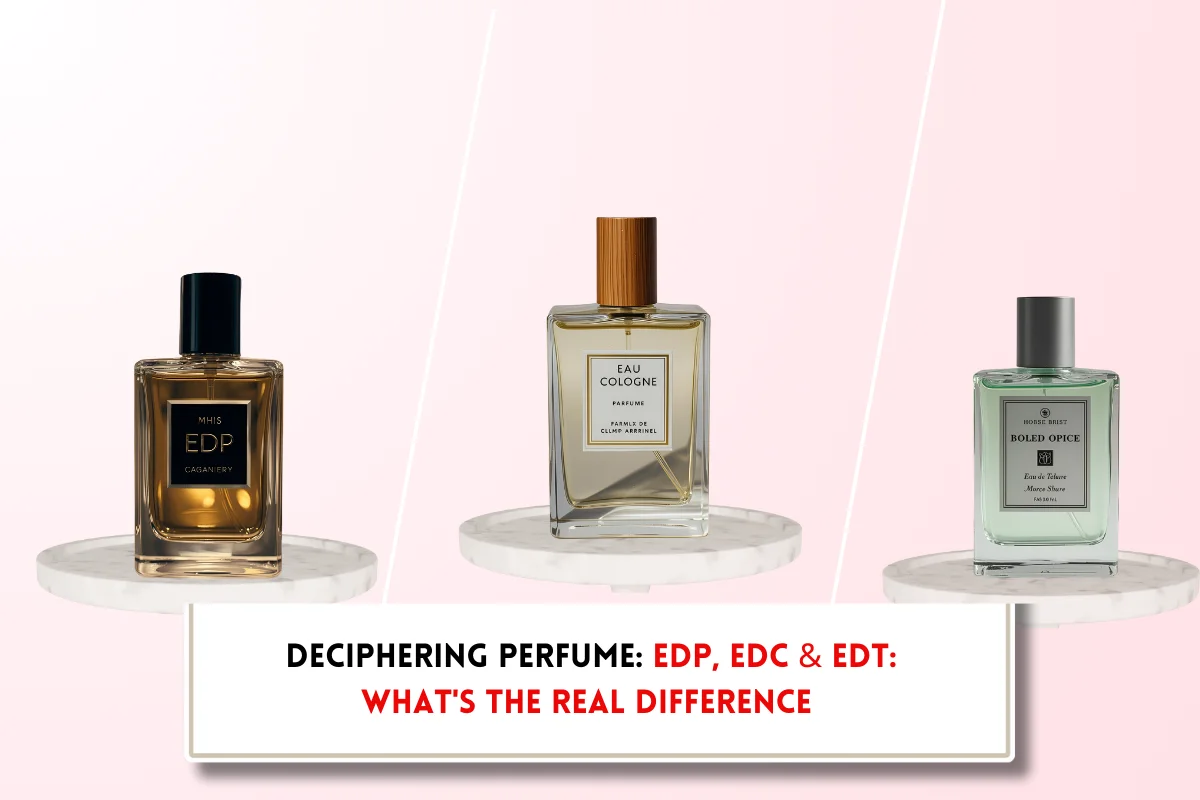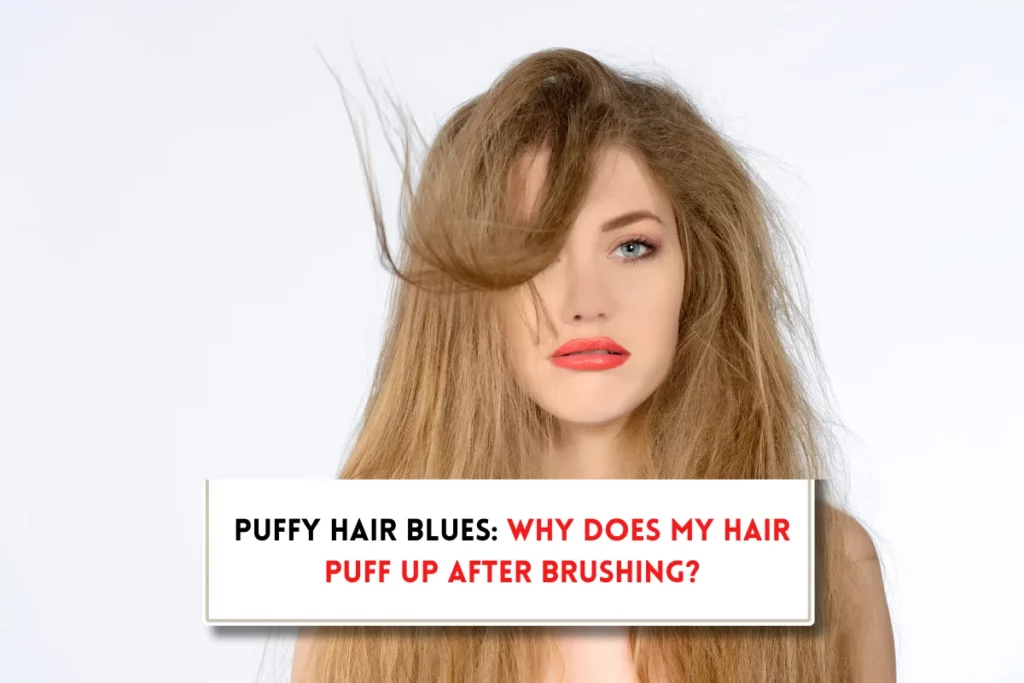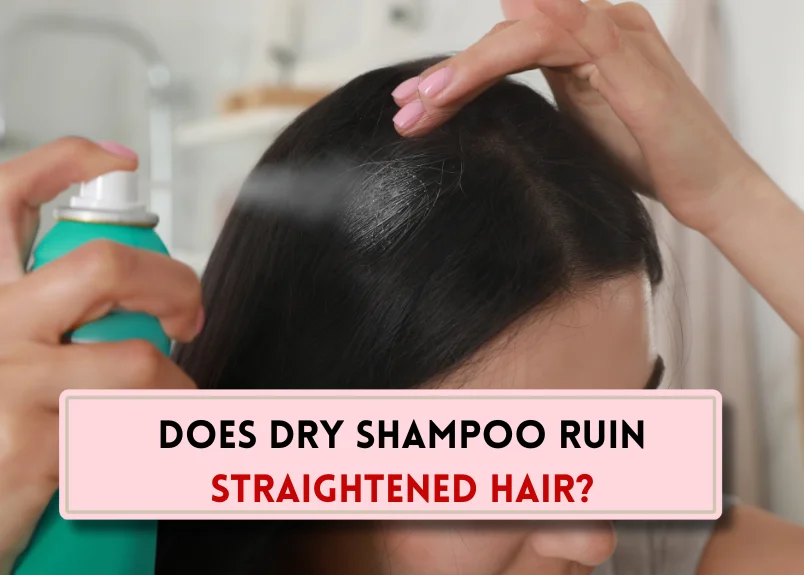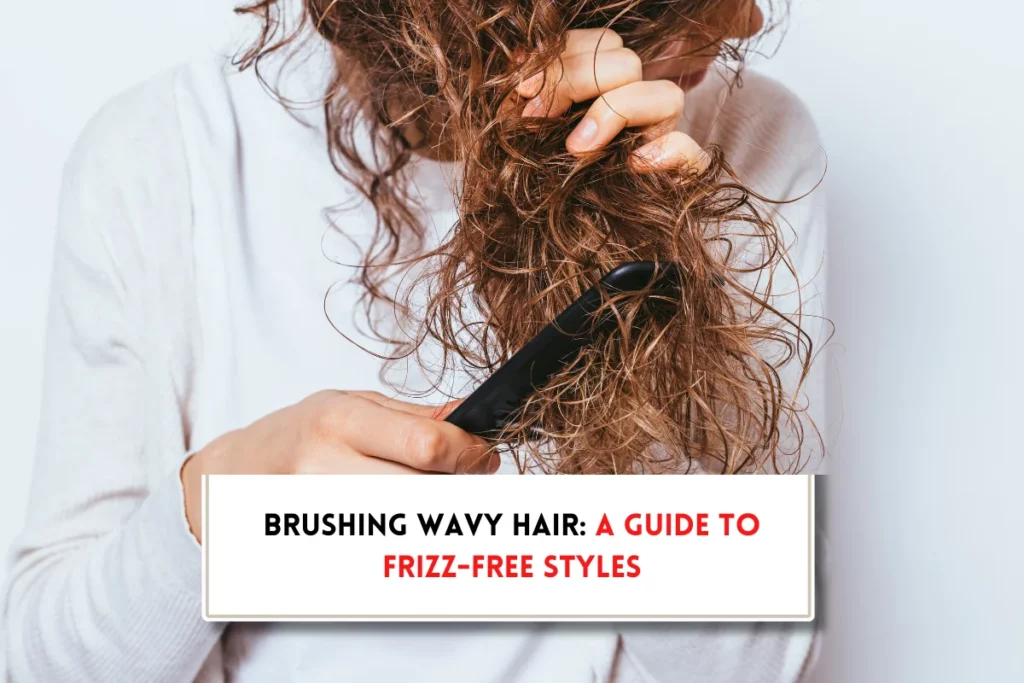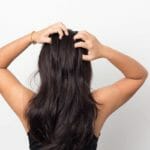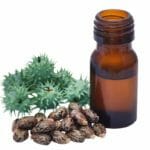Can purple shampoo cause hair loss?
At BeautyCaters, our expert team independently curates every recommended product. Purchases through our links may earn us a commission. Explore our transparent selection process.
Purple shampoo is truly a color-saving hero, but hold on, amidst the color-correcting glory a common concern lingers:”Can purple shampoo cause hair loss?” We dive into the science, separating fact from fiction to answer this burning question. So, keep reading to know how safe purple shampoo is for your luscious locks.
- What is purple shampoo?
- What does purple shampoo do?
- What are the key ingredients in purple shampoo?
- What are the benefits of purple shampoo?
- Does purple shampoo contain harmful ingredients?
- Can purple shampoo cause hair loss?
- Why purple shampoo is linked to hair loss?
- What are the natural alternatives to purple shampoo?
- Tips for using purple shampoo safely
- How often should I use purple shampoo?
- Final Word: Can purple shampoo cause hair loss?

What is purple shampoo?
Purple shampoo is a color-correcting shampoo specifically formulated for blonde hair. It contains violet pigments that target and neutralize brassy tones, those unwanted yellow and orange hues that can develop in blonde hair. This helps to maintain a cooler, brighter blonde shade.
What does purple shampoo do?
Lightened or bleached blonde hair develops unwanted brassy hues due to a loss of natural pigments. To address this issue, the color-correcting purple shampoo is employed. The shampoo contains violet or purple pigments that neutralize the yellow or brassy tone of the blonde and orange tones of red hair, effectively restoring a brighter, cooler shade for a more desirable aesthetic.
What are the key ingredients in purple shampoo?
Purple shampoo relies on two key ingredients to achieve its magic:
- Violet pigments: These are the stars of the show! They come in various forms like Ext. Violet 2 (CI 60730) and work by depositing onto the hair shaft. These pigments act as color correctors, specifically targeting and neutralizing unwanted yellow and orange tones.
- Cleansing agents: Formulated with gentle cleansing agents (like sodium lauryl sulfoacetate or cocamidopropyl betaine), purple shampoo effectively removes dirt, oil, and product buildup from the hair and scalp, leaving it feeling clean and refreshed.
What are the benefits of purple shampoo?
Incorporation of a purple shampoo into your hair care regimen yields significant benefits. Here are the 4 aesthetic benefits that purple shampoo offers:
- Neutralizes brassiness: The magic lies in the violet pigments. They counteract unwanted yellow and orange tones, keeping your blonde looking cool and fresh.
- Enhanced shine and vibrancy: By removing buildup and brassiness, purple shampoo clarifies your hair, resulting in a brighter, more radiant blonde with a noticeable healthy sheen.
- Cooler undertones: Purple shampoo helps maintain your desired cool blonde shade, preventing it from drifting towards warmer yellow tones.
- Potential hair protection: Some formulations may offer additional benefits like protection from environmental damage and heat styling, promoting overall hair health.
What are the side-effects of purple shampoo?
While a blonde’s best friend for banishing brassiness, purple shampoo comes with a few limitations to maintain healthy, vibrant locks. Have a look at the 3 demerits of purple shampoo:
- Dryness: While effectively neutralizing unwanted tones, excessive use of purple shampoo can strip away natural oils, leading to dryness and brittleness. This is particularly relevant for individuals with pre-existing dry or damaged hair.
- Uneven color: Due to its targeted action, purple shampoo may deposit pigment more intensely on highlights compared to the base hair color. This can result in an uneven appearance with a more ashy or purple hue on highlights, especially noticeable under bright light.
- Breakage, not hair loss: It’s important to clarify that purple shampoo itself does not directly cause hair loss. However, if used excessively or with harsh formulas, it can contribute to dryness and breakage, which may be misinterpreted as hair loss.
Does purple shampoo contain harmful ingredients?
While purple shampoo is a blonde’s best friend for banishing brassiness, some formulations might contain ingredients that raise concerns. Here’s a breakdown of what to watch out for:
- Sulfates (SLS & SLES): These common foaming agents may create a luxurious lather, but they can be harsh on the scalp, potentially worsening dandruff or psoriasis.
- Parabens: These preservatives, while largely replaced, might still be present in some shampoos. Concerns exist about their potential endocrine disruption, although research is ongoing.
- MCIT/MIT: This preservative combo, often used as a paraben alternative, can trigger allergic reactions and dermatitis.
- Ammonium Lauryl Sulfate: While effective at cleansing, this strong sulfate can irritate the scalp and disrupt its natural barrier function.
Can purple shampoo cause hair loss?
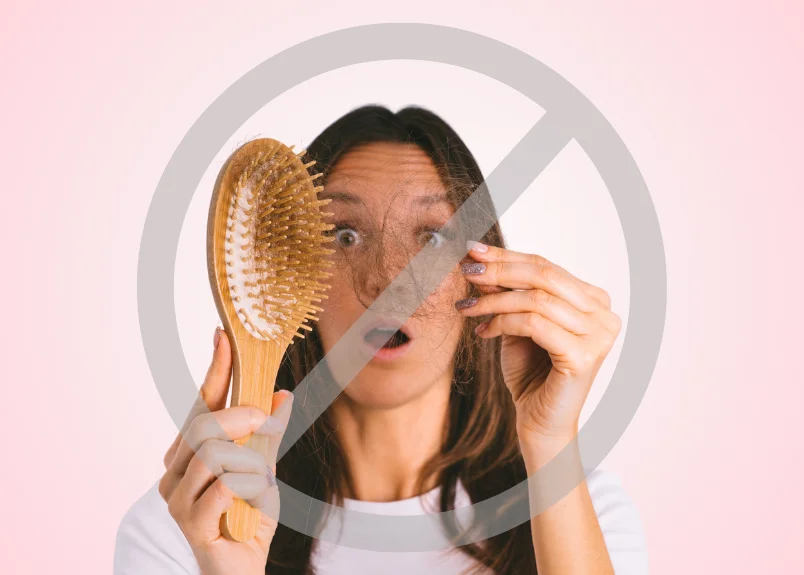
Let’s delve into the scientific evidence that separate fact from fiction.
- Current research landscape: Despite the prevalence of anecdotal concerns online, existing scientific research offers a reassuring perspective. To date, no conclusive studies have established a direct link between purple shampoo and hair loss. This finding allows individuals embracing blonde or silver hair colors to confidently leverage the benefits of purple shampoo in their hair care regimen.
- Mechanism of action: The effectiveness of purple shampoo hinges on its unique composition. Unlike traditional shampoos, purple shampoo incorporates violet pigments specifically designed to counteract unwanted yellow or orange tones, effectively restoring a cooler, more desirable shade. It’s this very addition of violet pigments that prompts inquiries about potential hair health implications.
- Continuous exploration: While current scientific findings provide a positive outlook, the world of research is ever-evolving. Future studies may delve deeper into the interaction between purple shampoo ingredients and hair health, potentially offering even more comprehensive insights.
Why purple shampoo is linked to hair loss?
There’s no direct evidence that purple shampoo itself triggers hair loss. Here’s a breakdown of the concerns and why they likely aren’t linked to permanent hair loss:
- Dryness: Purple shampoo can be more drying than regular shampoo. This dryness might lead to increased breakage, which can look like hair loss. To avoid this, use a good conditioner and limit how often you use purple shampoo (once or twice a week is typical).
- Scalp irritation: Some people experience scalp irritation from certain ingredients in shampoos. This can potentially lead to temporary hair shedding. If you notice scalp itchiness or redness after using purple shampoo, discontinue use and consult a dermatologist.
Case Studies: Purple shampoo on hair loss
While personal experiences and case studies hold some weight, they do not provide definitive evidence. However, they can offer insights into individuals’ experiences and serve as anecdotal evidence. It is essential to be cautious when interpreting personal accounts, recognizing that they may not be representative of the general population. That said, let’s take a look at some case studies:
- Case Study 1: Sarah, a frequent user of purple shampoo, reported an increase in hair loss after prolonged use. However, it’s important to note that there could be other factors contributing to her hair loss, such as genetic predisposition or underlying health issues.
- Case Study 2: John, who had been using purple shampoo for a year, did not experience any hair loss. His hair remained healthy and vibrant throughout the period of usage.
- Case Study 3: Emily noticed slight hair shedding after using purple shampoo for the first few weeks. However, the shedding reduced over time, and her hair regained its thickness and volume.
It is crucial to highlight that these case studies are not comprehensive and should be considered within the context of individual variation. While some individuals may experience hair loss or shedding when using purple shampoo, that does not necessarily mean it is the sole cause. Other underlying factors, such as overall hair health, genetics, or even sensitivities to specific ingredients, can play a role.
When it comes to hair loss, consulting a professional hairstylist or dermatologist is recommended. They can evaluate your specific situation, provide personalized advice, and address any concerns you may have. Remember, each individual’s hair is unique, and what works for one person may not work for another, so it’s essential to find the best hair care routine that suits you.
What are the natural alternatives to purple shampoo?
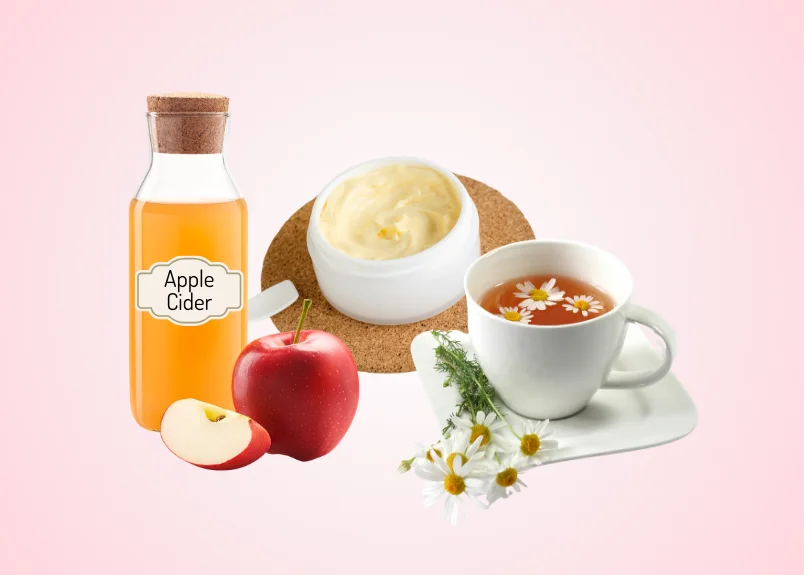
While purple shampoo is a powerful tool for combating brassiness in blonde hair, it’s not the only option. Here are some healthy and gentle alternatives to consider:
Nature’s powerhouses:
- Chamomile tea rinse: Chamomile’s natural lightening properties can subtly brighten blonde hair and add a touch of cool ash. Simply brew a strong chamomile tea, let it cool, and use it as a final rinse after shampooing.
- Apple cider vinegar rinse: The mild acidity in apple cider vinegar helps to gently remove buildup and brassiness, leaving hair shiny and brighter. Dilute 1-2 tablespoons of apple cider vinegar with a cup of cool water and use it as a final rinse. Remember, apple cider vinegar can be drying, so follow with a good conditioner.
- Lemon juice rinse: Similar to apple cider vinegar, lemon juice offers mild acidic properties to brighten and add shine. However, due to its more potent acidity, use lemon juice sparingly and dilute it heavily with water (1 tablespoon per cup) to avoid drying strands. Apply sparingly and only occasionally.
Color-depositing conditioners:
- Silver conditioners: These color-depositing conditioners contain violet pigments similar to purple shampoo, but at a much lower concentration. They offer a gentler approach to neutralizing brassiness, ideal for maintaining cool tones without the risk of over-correction.
- Blonde conditioners: Many blonde conditioners incorporate violet pigments or blue dyes to subtly counteract brassiness while nourishing hair. These provide a convenient and hair-friendly way to maintain a cool blonde tone.
DIY masks:
- Honey and yogurt mask: This DIY hair mask combines the moisturizing properties of honey with yogurt’s mild bleaching effect for a natural brightening boost. Mix equal parts honey and plain yogurt, apply to hair, and leave on for 20-30 minutes before rinsing.
- Avocado and coconut oil mask: This deeply nourishing mask offers a luxurious way to combat dryness and add shine, which can help minimize the appearance of brassiness. Mash half an avocado with 1 tablespoon of coconut oil, apply to hair, and leave on for 30 minutes before rinsing.
Remember:
- Patch test any DIY hair mask on a small area of skin before applying it to your entire head.
- Natural alternatives may not be as potent as purple shampoo, so consistency is key to achieving and maintaining desired results.
By exploring these natural and gentle alternatives, you can maintain your blonde or silver locks with a healthy and radiant shine.
Tips for using purple shampoo safely
Purple shampoo is a game-changer for blonde and silver hair, but like any powerful tool, it requires mindful use. Here’s the 5 tips to maximize its benefits and minimize potential side-effects:
- Less is more: While purple shampoo is your brass-busting BFF, resist the urge to overuse it. Aim for once or twice a week to effectively neutralize brassiness without compromising hair health.
- Tailor the strength: If your hair feels particularly sensitive to the purple pigments, consider diluting the shampoo. Mix it with your regular shampoo or water to create a gentler formula.
- Read the label: Every purple shampoo is unique. Following the recommended usage instructions ensures you achieve optimal results while minimizing potential side effects.
- Moisture is key: Purple shampoo can be drying. Counteract this by pampering your locks with a hydrating conditioner or hair mask after every use. Nourished hair is less susceptible to brassiness and breakage.
- Listen to your hair: Pay close attention to how your hair reacts to purple shampoo. If you notice excessive dryness, breakage, or irritation, discontinue use and consult a hairstylist for guidance. Remember, a healthy scalp is the foundation for healthy hair!
How often should I use purple shampoo?
While it’s a blonde’s best friend for banishing brassiness, purple shampoo shouldn’t be your daily go-to. Aim for one to two washes a week with purple shampoo, alternating with your regular cleanser. Overuse of it can lead to unwanted pigment buildup, resulting in hair that appears dull or with an undesirable ashy cast.
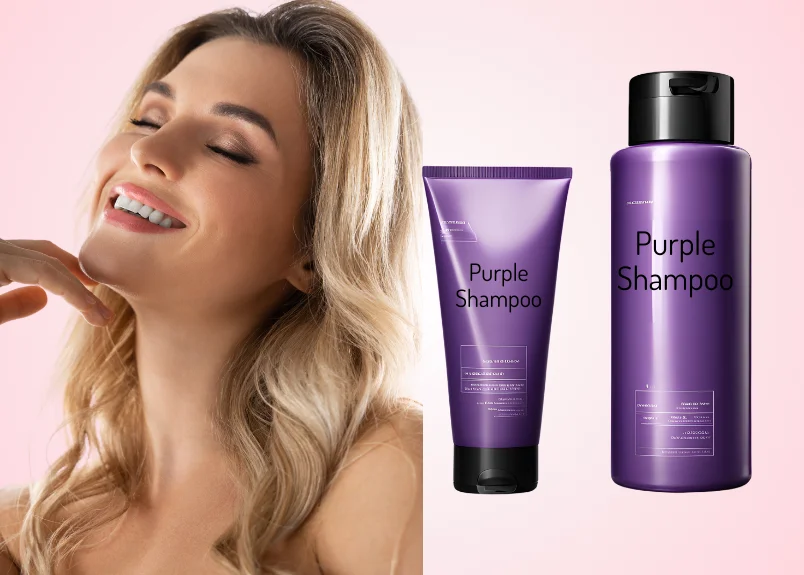
Final Word: Can purple shampoo cause hair loss?
Banishing brass doesn’t have to mean battling hair loss fears! While the internet may be rife with concerns about purple shampoo and hair loss, scientific evidence provides a reassuring answer: there’s no direct link. Research suggests purple shampoo can be drying if overused, but it’s not a direct culprit. However, mindful usage is key to maintaining healthy, vibrant blonde hair. So, embrace your cool, toned, and healthy blonde, with a little knowledge and the right products, and strategic use.


